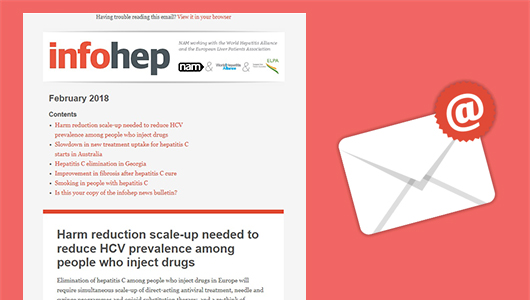Direct-acting antiviral (DAA) treatment for hepatitis C was introduced in France from 2012, and the most effective regimens deliver almost universal cure rates. Many countries are now moving to implement testing and treatment programmes designed to eliminate hepatitis C as a significant cause of illness and death by 2030, by seeking to diagnose and treat everyone with the infection.
However, a systematic review by the Cochrane Collaboration concluded that trials of DAAs did not provide enough evidence to conclude that curing hepatitis C reduced risks of death or clinical illness. The review was strongly criticised by liver experts, including the American Association for the Study of Liver Diseases, for the short follow-up period of the studies selected and the lack of statistical power to detect differences in death rates in relatively small studies.
Now, a study carried out by French researchers in a large national cohort followed over several years, shows that DAA treatment is associated with a 61% reduction in the risk of liver-related death, a 52% reduction in the risk of death from any cause and a 34% reduction in the risk of hepatocellular carcinoma.
In an accompanying Comment article, Jacinta Holmes, Stephanie Rutledge and Raymond Chung say “these findings firmly counter those of a Cochrane review of direct-acting antiviral treatment trials that could neither confirm nor reject if direct-acting antivirals had an effect on long-term HCV-related morbidity and mortality. They also provide the best evidence to date to support guidance documents that recommend direct-acting antiviral treatment for all patients with chronic HCV infection.”



Connect with infohep on Facebook: Keep up to date with all the latest news and developments.
Follow infohep on Twitter for links to news stories and updates from infohep.org. Follow us at www.twitter.com/infohep.
Follow all the infohep news by subscribing to our RSS feeds.